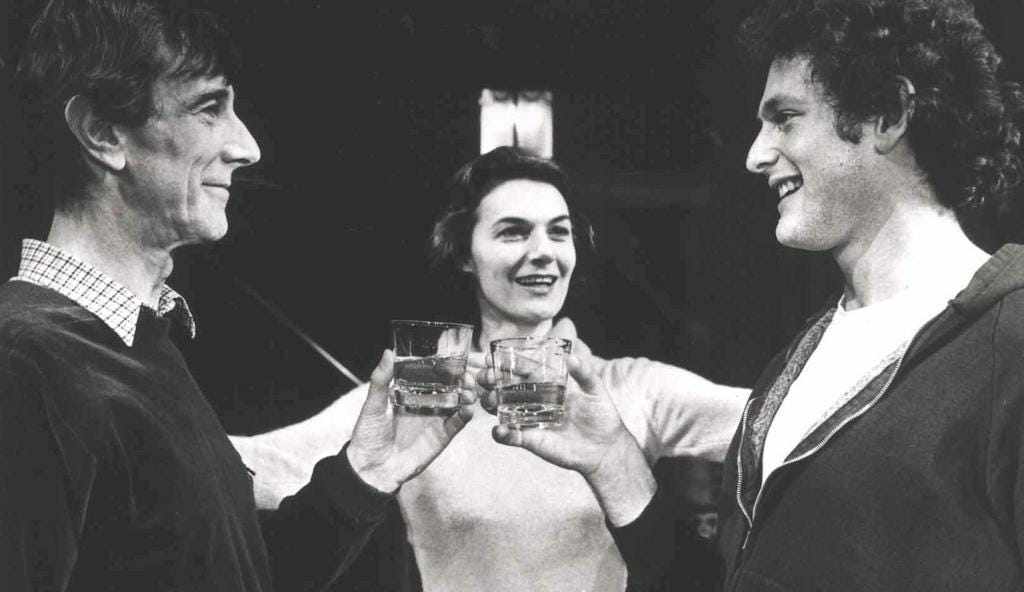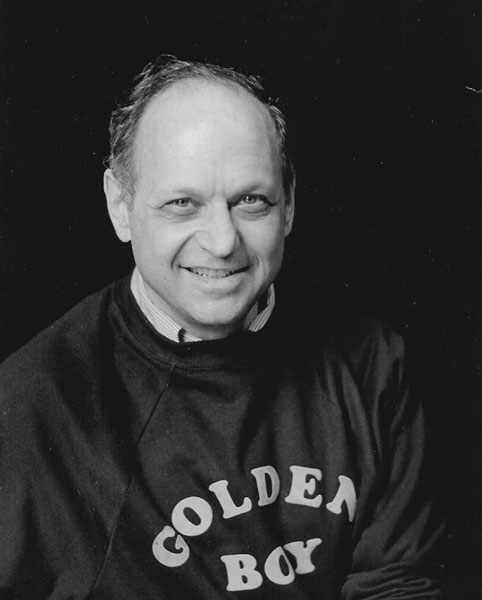
July 5, 2022: Theatre Yesterday and Today, by Ron Fassler
She only appeared in five musicals that were recorded. Yet if you are someone like me, who treasures their collection of original cast albums (be they on vinyl or CD), you know the name Susan Johnson. Though she rarely played the lead on Broadway, she excelled in larger-than-life supporting roles that usually win Tonys for those who created them. But Susan Johnson wasn’t so lucky. In fact, she endured an especially bad run of luck as it turned out — not only with the shows she did (most of which were unsuccessful), but also in her private life. She was born ninety-five years ago today and lived till the age of seventy-five, though we were cheated of seeing her play roles as she matured due to her decision to quit the Broadway stage when she was only thirty-four.

The unfortunate circumstances surrounding her taking leave from New York involved a serious motorcycle accident where Johnson sustained life-threatening injuries to her brain (a fractured skull) and inner ear issues that left her with temporary deafness that affected her singing voice. When her hearing eventually returned, she was immobilized for eighteen months. She wore a neck brace and used crutches for a long time and lamented her inability to sing anymore. "It sounded like my voice originated from a box in another room," she told the L.A. Times in 1988.
It didn’t stop her from acting and singing entirely, however, though certainly the pressure cooker of the New York theatre could have been an additional factor in her exit from Broadway. Many theatre stars of the 1950s left for personal reasons during the tumultuous decades of the 60s and 70s never to return, instead going into academia or regional and even community theatre. Kim Stanley, acclaimed as one of the greatest actresses to ever appear on Broadway did just that, with her last Broadway show being a 1964 Actors Studio production of Chekhov’s Three Sisters. She did sporadic work on TV and on film, but never came back to the New York stage.
When Susan Johnson first came to New York from her home in Columbus, Ohio, the year was 1947 and she had just turned twenty-one. Quickly cast in the chorus of the Radio City Music Hall Stage shows that played daily before the first-run showings of major Hollywood films, she soon found herself showcased in a three-week run of Alan Jay Lerner and Fritz Loewe’s Brigadoon at New York’s City Center. It was clear immediately to all who heard her throaty delivery of the solo “The Love of My Life,” that this husky-voiced singer was a talent to be reckoned with. Then, in quick succession, she appeared in many a flop musical, including Buttrio Square, which ran but a week. The New York Times critic Brooks Atkinson wrote, “‘Get Me Out,’ sung with impudent humor and professional style by Susan Johnson, [is] a vast improvement over the show.” He also went on to write “In fact, the TIMES’ hired playgoer took quite a fancy to Miss Johnson’s breezy acting, which gives the show a new look now and then.” It doesn’t get much better than that when creating your first original role on Broadway, even if the show closed on its first Saturday night.
Johnson’s next show was her best (and only hit). Cast as Cleo, best friend of the show’s leading lady, her performance in The Most Happy Fella was a sensation. You can hear her loud and clear in the first song of what was the rare Broadway recording of a show in nearly its entirety (including dialogue) on an even rarer three-album set. Frank Loesser, its composer and lyricist, wrote nothing less than an opera for his change-up from the likes of Guys and Dolls, for which he was most famous at the time. Johnson makes quite an impression throughout the recording, selling “Ooh! My Feet” with comic verve and her extraordinary swelling vibrato.
Two years later in 1958, Johnson opened in a new musical that starred Tony Randall called Oh Captain! It ran five months, but she made enough of an impression to receive her one and only Tony Award nomination for Featured Actress in a Musical. Later in that same year, she finally graduated from playing the star’s best friend to the lead in a musical entitled Whoop-Up, only to see it close after fifty-six performances. However, Johnson’s champion Brooks Atkinson once again crowed in the New York Times that “Something grateful must be said … for the honest razzle-dazzle style of Susan Johnson.”

Donnybrook, Johnson’s final Broadway show, was based on the 1952 Oscar winning John Ford film The Quiet Man, which starred John Wayne and Maureen O’Hara. Of course, Johnson wouldn’t get the O’Hara role (that went to Joan Fagan), but she practically stole the whole shebang with her powerhouse rendition of “Sad Was the Day,” a Johnny Burke song that Stephen Sondheim put on his list of “Songs I Wish I’d Written (at least in part)” that was published in the year 2000 in the New York Times. You can listen here to the clever lyrics (among my favorite is “That was the day that he laid down, to stay down, threw his toupee down and died”) sung with the clarion-tones that Johnson was famous for:
And leave it to a producer with the sense of theatre history Scott Rudin possesses to give us another chance to hear Susan Johnson’s one-of-a-kind voice. When in 1992 he produced Sister Act, starring Whoopi Goldberg, he called upon the deep resources of great Broadway voices from yesteryear to play the nuns who sang on screen. In addition to Johnson, there was Carmen Zapata, who had made her debut in the chorus of the original Oklahoma! and who went on to appear in more than a hundred films and TV shows; Ruth Kobart, who created the original Domina in A Funny Thing Happened on the Way to the Forum and Miss Jones in How To Succeed in Business Without Really Trying; Susan Browning, who had been seen in only two shows on Broadway since her debut as the original April in Company; and Mary Wickes, whose Broadway debut had been in 1936, and who had memorable supporting turns in the original productions of Stage Door and The Man Who Came to Dinner. All appeared in 1993's Sister Act 2: Back in the Habit as well.

During the years where she lived in Sacramento in Northern California, Johnson got involved in the local theatre community, acting at the non-Equity Garbeau's Dinner Theatre, playing Big Mama in Cat on a Hot Tin Roof and the mother in Barefoot in the Park in the 1980s. Later, after her husband's death, she moved to Southern California where a chance meeting with the legendary Beatrice Arthur lured her back to professional show business. The two met at a mutual friend’s house in 1985 and became friends. Much to Johnson's surprise, Arthur arranged an audition for Johnson with Gilbert Cates, who was about to direct My First Love, a TV-movie Arthur was to star in opposite Richard Kiley. Happily, Johnson got the gig and, after twenty-six years, relished the opportunity, even if was a small part ("If you leave the room, you’ll miss me,” she told the Times).
What I believe was the last time Susan Johnson appeared in a musical was a 1990 production of Follies produced in Long Beach, California. What song did Johnson sing from that score?… Who’s That Woman? — what else?
Jule Styne once told Johnson that she had a voice like nine cellos in unison. "Songwriters loved me. I sang all the right words, and I interpreted a song well. I really did.”
A rare clip exits of her in concert in the late 90s singing Kander and Ebb's "Married" and the Gershwin's "Changing My Tune." As Seth Rudetsky is fond of saying "she's still got it." The keys are lower than the ones in which she used to sing, but the magic is all there.
Up in the Cheap Seats: A Historical Memoir of Broadway is available at Amazon.com in hardcover, softcover and e-book. Also, follow me here on Scrollstack and feel free to email me with comments or questions at Ron@ronfassler.org.





















Write a comment ...